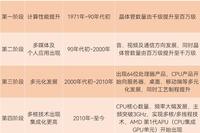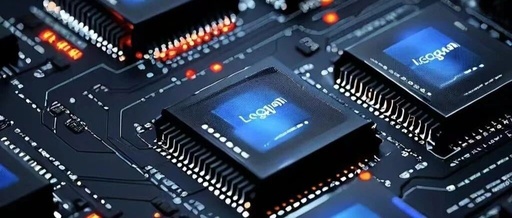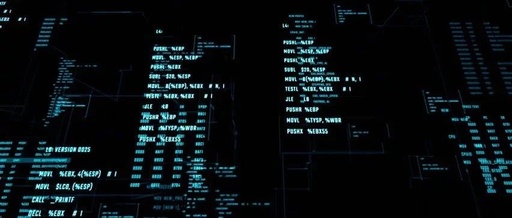Get Onboard with Domestic CPUs
“Come on, Pentium computers, let them think for me.” In 1999, when Pu Shu sang this lyric in “New Boy,” x86 architecture chips were undergoing a magnificent transformation, with the Wintel combination bringing personal computers into the homes of ordinary people. By 2021, when the band “Landlord’s Cat” covered this song, computers were no longer … Read more









